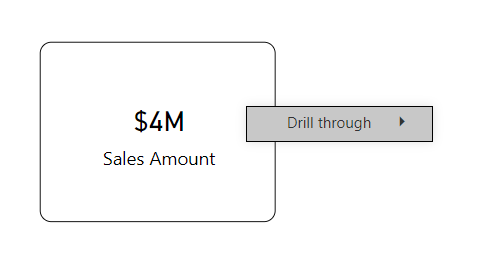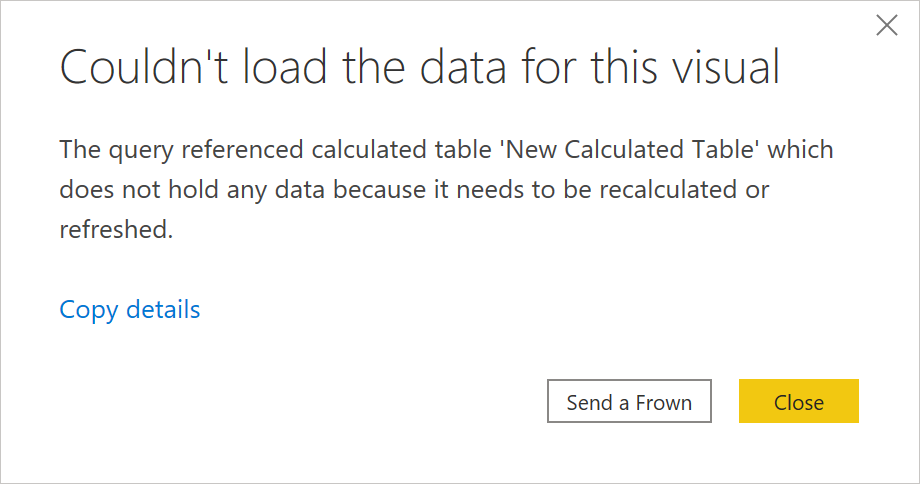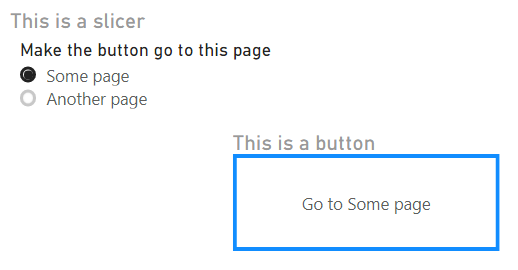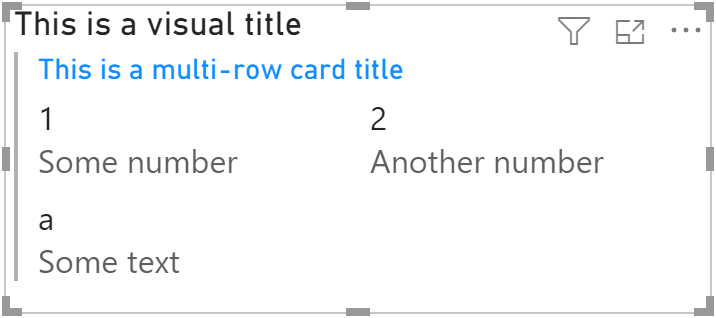
Drill through from cards is a common requirement in Power BI reports. While measure drill through has been possible for a while now, drill through from cards has been tricky until recently. In this blog post, I’m showing two ways to configure the card drill through. Continue reading “Card drill through in Power BI”






